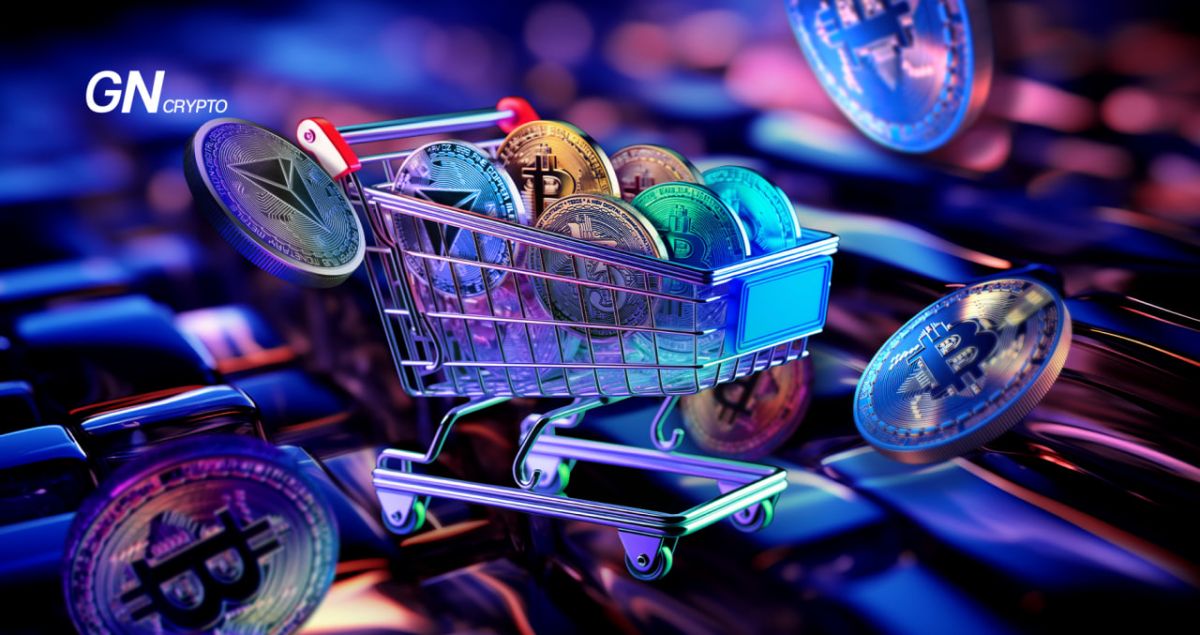Token Claiming: What It Is and Why It Matters

Token claiming is the final phase of the project’s IDO. Investing in specific tokens isn’t the sole action; you must also claim their issuance.
On this page
Token claiming is the act of formally asserting your entitlement to coins from the platform managing the distribution. It can also refer to tokens you're eligible for due to contributions to the project, such as providing liquidity, engaging in social media promotion, or fulfilling other specific conditions.
Before you can claim your tokens, there's a backstory:
- A project decides to launch a token and begins searching for appropriate platforms for its listing. This usually falls under the umbrella of an Initial DEX Offering (IDO). For a successful listing, the project needs a venue, like a swap platform, decentralized exchange (DEX), or specialized launch platforms such as Polkadot, that can offer liquidity. Crucially, this platform must have liquidity pools that users can easily connect to with their wallets.
- Once the platform is selected, a marketing campaign is initiated to draw attention to the project. The goal is to attract investors ready to provide liquidity by locking their funds on a pre-determined platform. In exchange, the project promises to allocate a certain number of tokens to these investors before the tokens are publicly traded.
- The project announces the token release date and time, indicating when users can reserve and pay for the tokens according to their allocation. This announcement must reach a broad audience through various channels, such as social media, videos, and chats. Keeping the release date transparent and public helps build trust while limiting it to a select few can raise red flags.
- As the release date approaches, the project should notify its investors. Concealing the release details or sharing them in exclusive circles is considered poor etiquette. Likewise, attempts to obscure liquidity pool details or introduce last-minute stipulations are frowned upon.
- On the release day, the liquidity pool unlocks the investor funds, allowing for the token claims. While specific terms may vary across platforms, a common feature is the “Claim Tokens” button. Clicking on it triggers a smart contract that automatically sends the tokens to the user's specified wallet. Once received, users can utilize the tokens as they wish, including listing them for subsequent sale on exchanges.
Who covers the transaction fee for coin transfers? When dealing with IDOs, the transfer fee within the network is typically shouldered by the investor, which means you. To minimize costs, it's prudent to make transfers during times of low network activity. If you're working with Ethereum, sites like https://etherscan.io/gastracker or https://www.useweb3.xyz/gas can be handy to gauge the network congestion before claiming your tokens.
How might you be deceived during the token claiming process? If you find yourself unable to access the smart contract's code, pinpoint the address of the liquidity pool, or locate it within any blockchain network, you're likely dealing with a scam. Manual distributions are another cautionary sign; this implies that the project's team has unfettered access to the coin pool.
The process of claiming tokens is slightly different when it comes to airdrops. In this scenario, you typically don't incur a fee. However, to obtain the coins, you'll need to complete specific tasks either before or after the airdrop announcement. Let's say you've been using the Metamask wallet for some time. Suppose Consensys, Metamask's developer, decided to launch a new token. In that case, they might choose to reward only those users who engaged in particular ETH or CHIA transactions within a certain period. This type of distribution is referred to as a retroactive airdrop. To claim these tokens, you might be directed to a specific landing page or simply wait for a direct deposit to your wallet from a smart contract. Participating in an airdrop often entails meeting conditions set forth by the project team. These can range from actions like sharing content, taking photos, producing videos, or any other promotional activity. If the airdrop is set up to be automatic, you can retrieve your tokens immediately after verifying you've satisfied the set conditions or on a predetermined airdrop date.
The content on The Coinomist is for informational purposes only and should not be interpreted as financial advice. While we strive to provide accurate and up-to-date information, we do not guarantee the accuracy, completeness, or reliability of any content. Neither we accept liability for any errors or omissions in the information provided or for any financial losses incurred as a result of relying on this information. Actions based on this content are at your own risk. Always do your own research and consult a professional. See our Terms, Privacy Policy, and Disclaimers for more details.

























